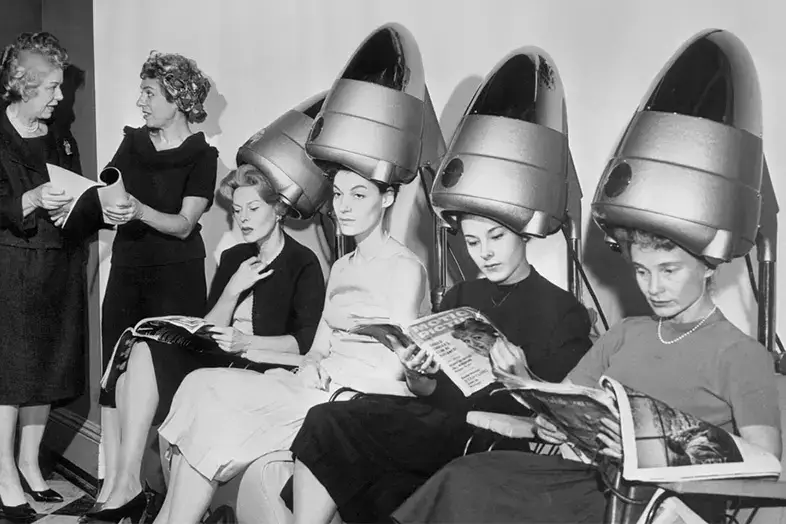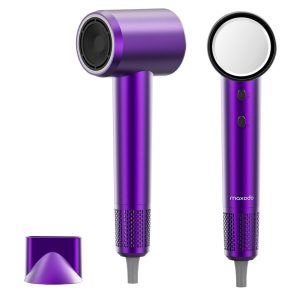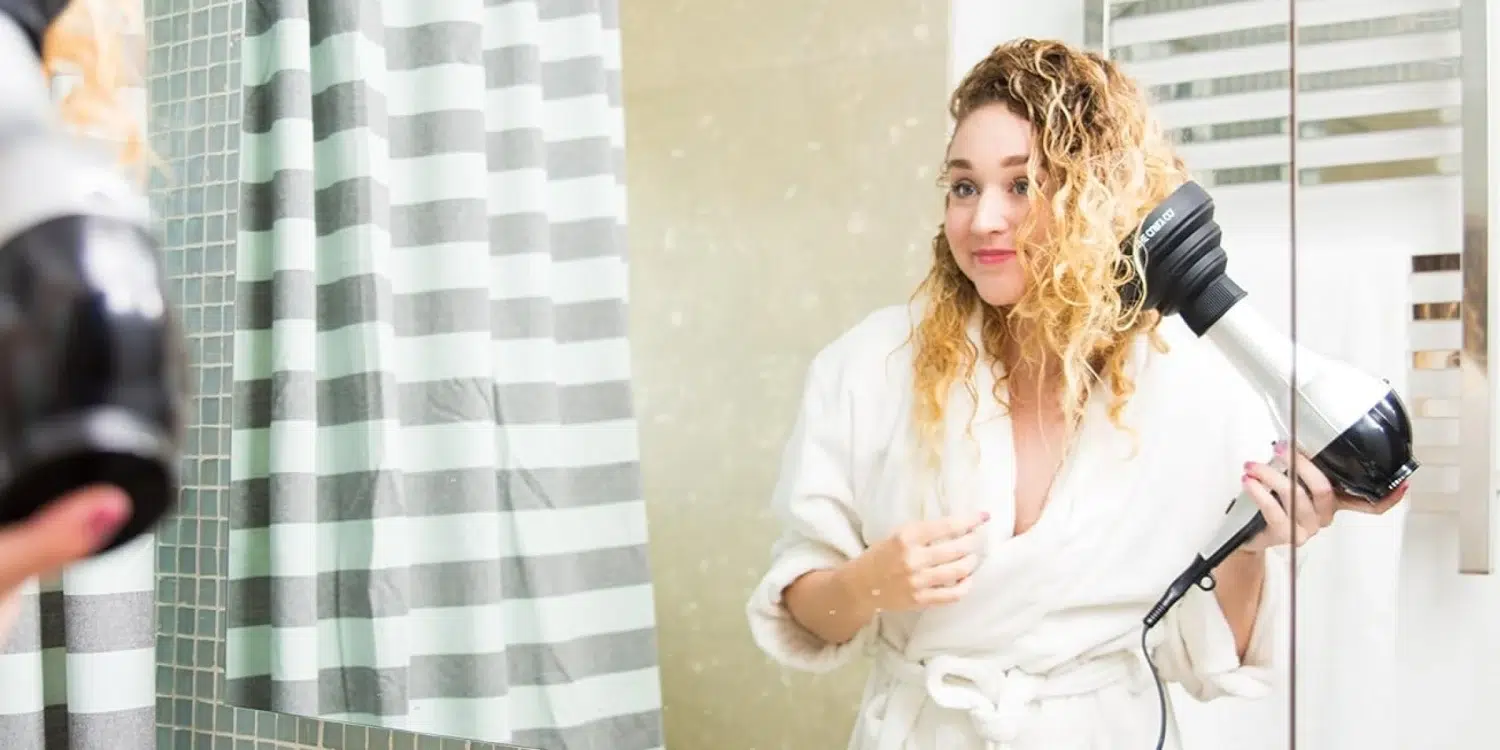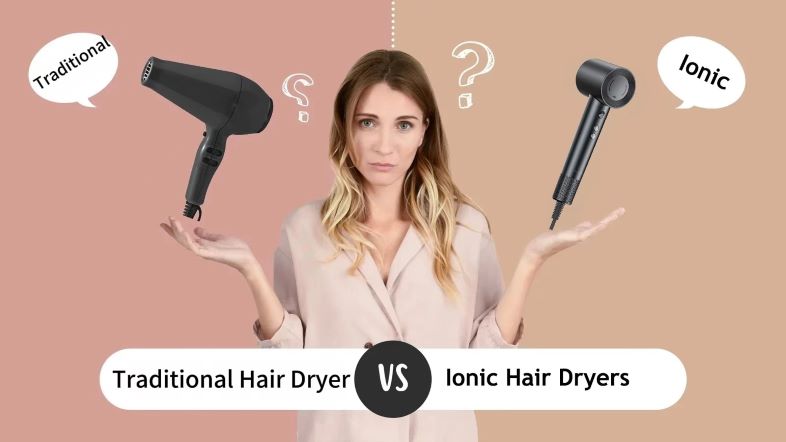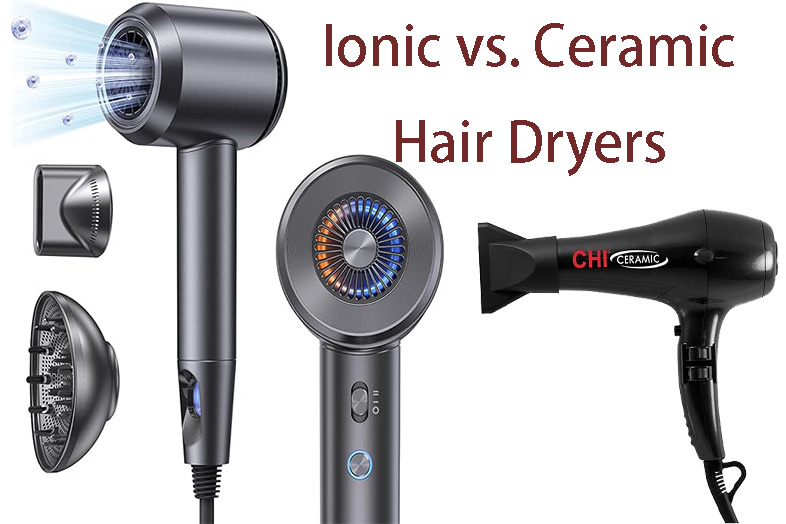Welcome to our fascinating journey through the history of one of the most ubiquitous yet overlooked tools in our daily lives – the hair dryer. This blog aims to uncover the layers of innovation and design that have transformed the hair dryer from a rudimentary gadget to a modern-day essential. As we travel back in time, we will explore the origins, technological advancements, and the cultural significance of hair dryers. This exploration is not just about a device, but about understanding the evolution of fashion, technology, and social norms through the lens of a simple yet powerful tool.
The hair dryer, more than just a tool for drying and styling hair, reflects changing lifestyles and advancements in technology. From being a luxury item to becoming a household necessity, its evolution mirrors society’s progress. Hair dryers have revolutionized the way people approach personal grooming, saving time and offering the freedom to experiment with different hairstyles. They also highlight the intersection of practicality and aesthetics in the realm of personal care, demonstrating how functionality and fashion can go hand in hand.
The Birth of the Hair Dryer
Early 20th Century Inventions
The journey of the hair dryer began in the early 20th century, a period ripe with innovation and technological breakthroughs. Initially, hair drying was a cumbersome process, often involving the use of vacuum cleaners with reverse air flow. The first actual hair dryer was invented in the early 1900s. These early models were large, heavy, and hardly efficient by today’s standards, but they laid the groundwork for what was to come.
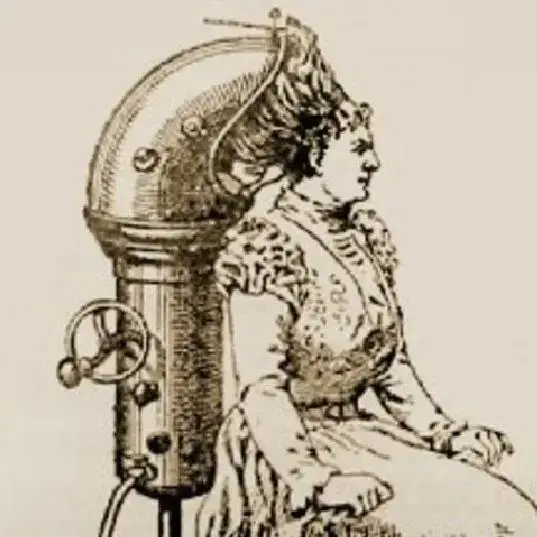
(The first actual hair dryer)
The First Models: Features and Limitations
The inaugural hair dryers were rudimentary devices, often consisting of a bonnet attached to a flexible hose connected to a heat source. They were bulky, with many weighing over two pounds, and would overheat quickly. Despite their shortcomings, these models were revolutionary, providing a glimpse into a future where personal grooming could be more efficient and independent of salons.
The 1920s to 1940s: Design and Functional Evolution
Handheld Revolution: Making Hair Dryers Personal
The 1920s marked a significant shift with the introduction of the first handheld hair dryers. These models, though still heavy and often overheating, offered a new level of convenience and personalization. This era saw hair dryers becoming more portable and user-friendly, paralleling the societal shifts towards independence and personal freedom, especially for women.
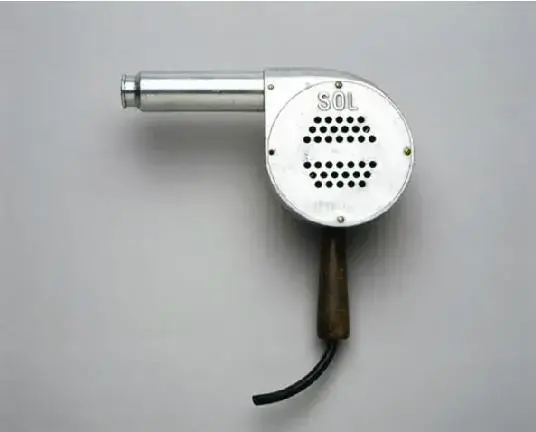
(The first handheld hair dryers)
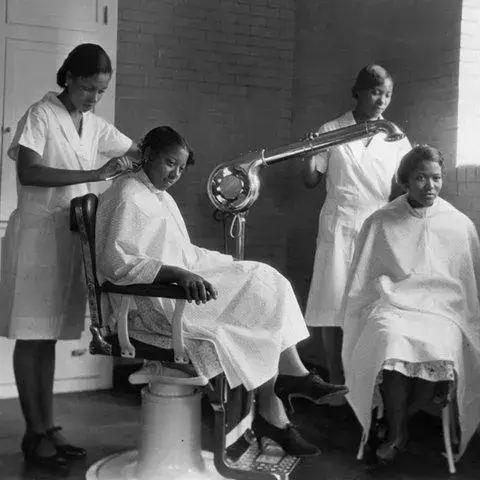
(1935 vertical watering can hair dryer)
Wartime Impact on Hair Dryer Technology
The 1940s, dominated by World War II, had an unexpected impact on hair dryer technology. Material shortages and a shift in manufacturing priorities led to innovations in design and materials. Manufacturers began experimenting with lighter plastics and more compact designs, inadvertently setting the stage for the next generation of hair dryers. This period exemplified how necessity and resource scarcity can drive unexpected technological advancements.
The 1950s and 1960s: Aesthetic and Technical Advancements
The Influence of Fashion and Beauty Trends
During the 1950s and 1960s, the world of fashion and beauty underwent significant changes, which directly influenced the design and functionality of hair dryers. The era was marked by a desire for glamour and elegance, inspired by Hollywood icons. Hair styles like the bouffant and beehive demanded hair dryers that offered not just functionality but also precision. This period saw hair dryers becoming more stylish in appearance, with sleeker designs and a variety of colors to match the aesthetic trends of the time. Additionally, the introduction of lighter materials made hair dryers more comfortable and easier to handle, catering to the intricate styling needs of the era.
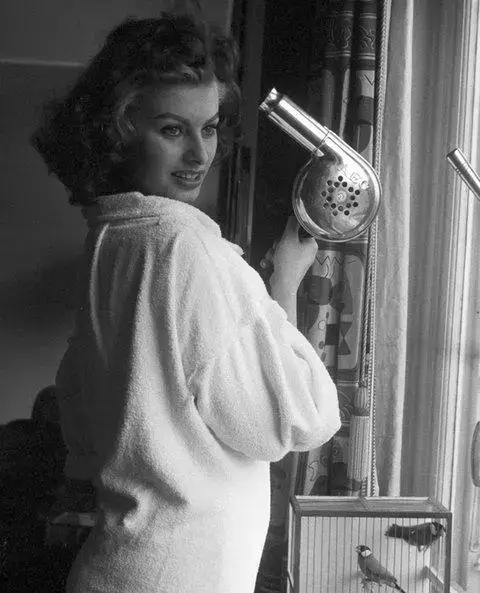
(Italian actress Sophia Loren styling her hair before the premiere of her movie in 1956.)
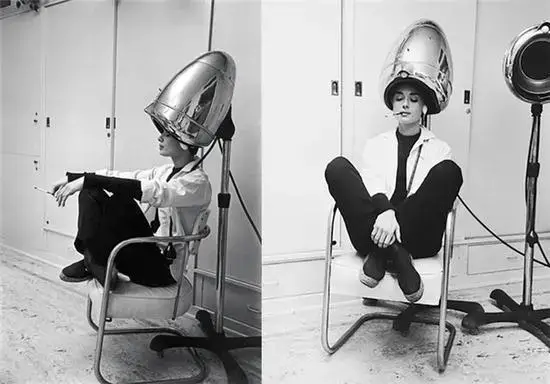
(Audrey Hepburn used a hat hair dryer to dry her hair during the filming of “The Match” in 1953.)
Innovations in Safety and Efficiency
The 1950s and 1960s also brought about critical advancements in the safety and efficiency of hair dryers. Earlier models were often hazardous, posing risks of overheating and electric shocks. This period witnessed the integration of safer electrical components and better insulation, significantly reducing the risk of accidents. The introduction of multiple heat settings also allowed for more efficient hair drying and styling, accommodating various hair types and styles, which was essential in an era of diverse hairstyling trends.
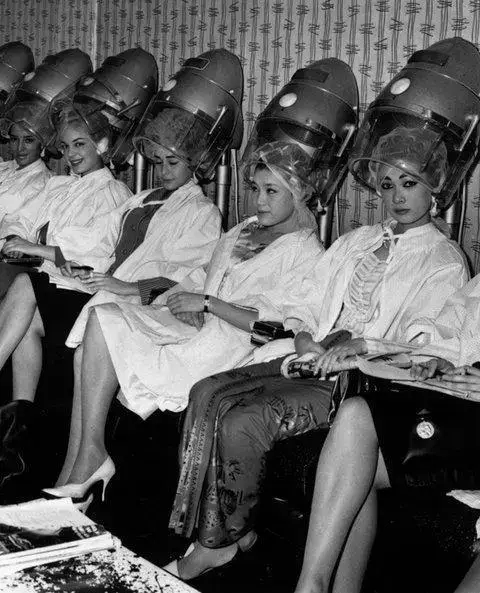
(1963 hat hair dryer)
The 1970s to 1990s: Breakthroughs in Convenience and Power
The Rise of Consumerism and Hair Care Products
The rise of consumerism from the 1970s through the 1990s played a pivotal role in the evolution of hair dryers. As the market for personal care and beauty products expanded, manufacturers sought to create hair dryers that complemented a growing range of hair care products. This era saw the introduction of features like adjustable speeds, cool shot buttons, and attachments like diffusers, which allowed for more versatility in styling and were designed to enhance the effectiveness of hair care products, such as mousses and serums.

(1982 Braun portable hair dryer)

(1990s portable hair dryer)
Introduction of Ionic and Ceramic Technologies
A significant milestone in hair dryer technology during this period was the introduction of ionic and ceramic technologies. Ionic hair dryers, which emit negatively charged ions, were designed to reduce static electricity, leading to smoother and shinier hair. Ceramic elements, on the other hand, provided even heat distribution, minimizing hair damage from hot spots. These technologies marked a shift towards hair dryers that were not just tools for drying hair but also instruments for promoting hair health.
The 21st Century: Smart Hair Dryers and Eco-Friendly Designs
Digitalization and Customization
In the 21st century, the advent of digital technology revolutionized hair dryers. Smart hair dryers emerged, equipped with digital sensors and microprocessors that could adjust heat and airflow based on hair texture and moisture levels. This period also saw the rise of customizable hair dryers, where users could set their preferences for temperature and speed, accommodating a diverse range of hair types and styling needs.
Environmental Concerns and Sustainable Models
Eco-friendly designs became increasingly important due to growing environmental concerns. Modern hair dryers started to incorporate energy-efficient features to reduce electricity consumption. Manufacturers also began exploring sustainable materials and recyclable components, aiming to reduce the carbon footprint of their products. Additionally, there was a push towards creating longer-lasting models, countering the throwaway culture prevalent in the electronics industry.
Cultural Impact and Changing Perceptions
Hair Dryers in Pop Culture and Media
The hair dryer has not just been a tool for hair styling; it has also carved a niche in pop culture and media. From iconic movie scenes to fashion photography, the image of a person with a hair dryer has become a symbol of self-care, transformation, and even rebellion. The 1980s and 1990s, in particular, saw the hair dryer becoming a staple in popular sitcoms and dramas, often used as a prop to signify a character’s routine or even their personality traits. Advertising has also played a significant role, with hair dryers featured in campaigns that mirror societal trends and beauty standards.
Gender Dynamics and the Beauty Industry
Initially marketed predominantly to women, hair dryers have transcended gender boundaries over time. The evolution of men’s grooming products and the growing acceptance of men’s hair care routines have seen the hair dryer becoming a unisex tool. This shift reflects broader changes in society regarding gender roles and the breaking down of stereotypes in the beauty industry. The marketing language and design of hair dryers have also evolved to be more inclusive, catering to a diverse range of consumers.
Future Trends and Predictions
Emerging Technologies in Hair Care
The future of hair dryers looks promising with the integration of advanced technologies. Innovations like ultra-fast drying, minimal heat damage, and enhanced hair health are becoming key selling points. A prime example is the maxodo fast drying hair dryer, which features 200 million negative ions and a 110,000 RPM brushless motor, exemplifying the industry’s move towards rapid drying and hair health preservation. Technologies such as nanoe particles and infrared heat are being introduced to maintain hair moisture and improve overall hair health. Another emerging trend is the customization of hair dryers, where devices can be programmed to suit individual hair types and styling preferences.
The Role of AI and Robotics in Personal Grooming
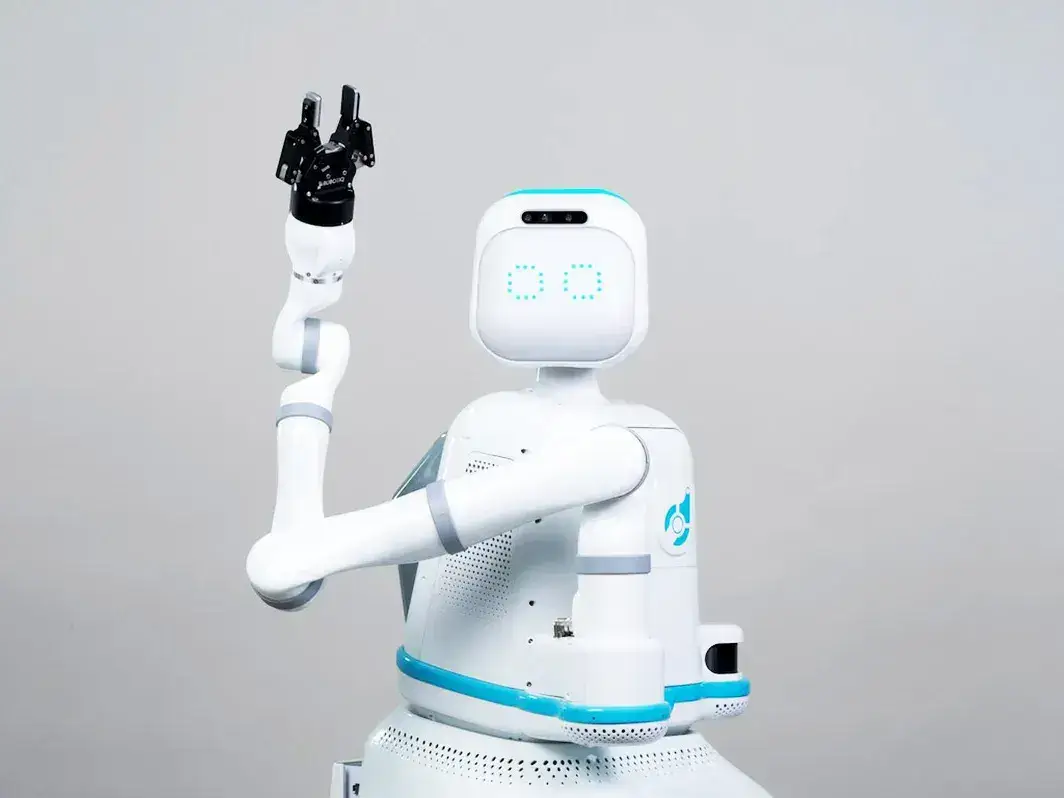
Artificial Intelligence (AI) and robotics are set to revolutionize personal grooming, with hair dryers at the forefront. Future models could feature AI algorithms to automatically adjust heat and airflow settings based on hair texture and desired style. Robotics could lead to the development of automated styling assistants, offering a hands-free hair drying experience and precision styling options. These advancements will not only enhance convenience but also open new possibilities in hair care and styling.
Conclusion
The journey of the hair dryer, from a cumbersome, risky device to a sleek, multifunctional tool, mirrors the rapid advancement of technology and changing societal norms. This evolution is a testament to human ingenuity and our relentless pursuit of convenience, efficiency, and style. The hair dryer’s story is not just about the device itself but about the people it serves – their lifestyles, aspirations, and the changing times they live in.
As we look back at the history of the hair dryer, it becomes clear that the world of beauty technology is ever-evolving. What stays constant is the desire to look and feel good, a need that has driven and will continue to drive innovations in this field. The future holds exciting possibilities, with technology promising to make personal grooming more personalized, efficient, and accessible to all.
